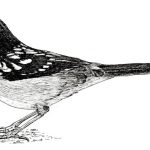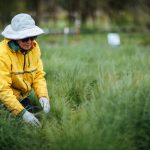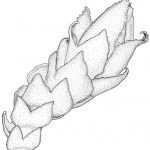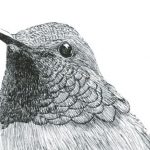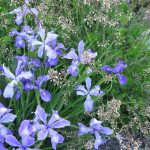A Pocket Guide to No-Kill Birding
History tells us that the first birders did it with gunfire

Birding — also known as “birdwatching” and, across the Pond, “twitching” — began as a lethal contact sport. When John James Audubon traveled the countryside … Continue reading
